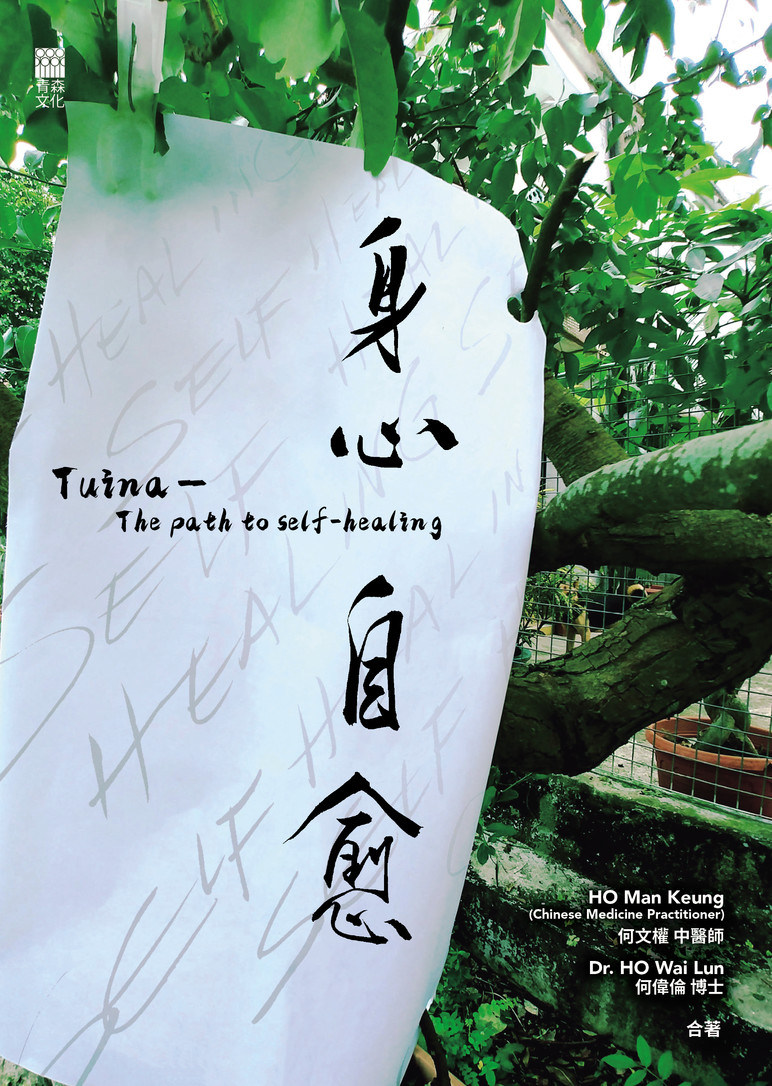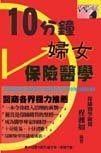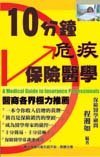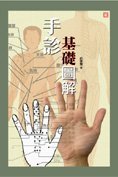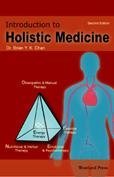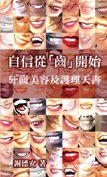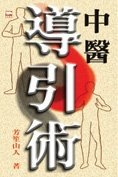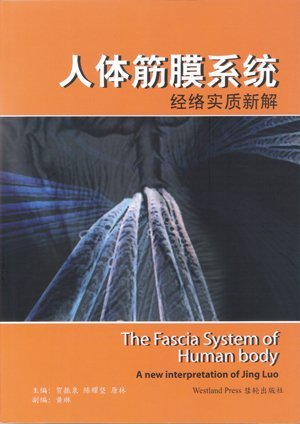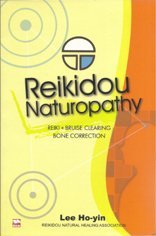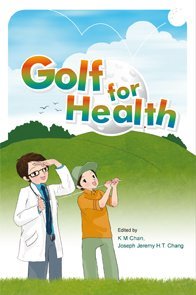本書深入淺出地道出骨骼、神經、肌肉的關係,以人體作為一個有機整體,互為影響以達致「固本培元」的整合醫療。
圖文並茂介紹何氏推拿的標準程序十二步,包括放鬆肌肉、手部正骨、背部正骨等。
介紹與頭部、脊柱、盤骨、四肢、器官和皮膚相關的骨骼治療個案,詳細講述病症與醫法。
講解自愈訓練的方法,包括提手伸展法,有效改善五十肩或頸椎病引致的痛症問題;腕管伸展法,改善手指麻痺和冰凍的症狀,舒緩痛症;平睡復位法,恢復或改善脊骨應有的弧度。
作者亦再次提醒讀者在日常生活中,注意要養成良好的站姿和坐姿。
何文權中醫師 (1948-2007)
何醫師自70年代起開始從事推拿臨床工作,並於2001年在新設立的掛牌制度下獲得首批「表列中醫」資格(編號:L07147)的中醫師在香港執業。何醫師進一步優化推拿的方法,將中西醫結合,相得益彰。具體來說,他認為西方醫學的概念是從微觀的角度研究人體中局部的部分或器官,而中國的醫學概念是基於整個人體作為一個整體系統如何影響各部分或器官的宏觀角度。何醫師把中西醫學概念的互補性應用於何氏推拿。
Ho Man Keung (M.K. Ho) (Chinese Medicine Practitioner) (1948-2007)
Ho Man Keung started to conduct clinical practices of Tuina in his leisure time since the 70’s and attained his qualification as a “Listed Chinese Medicine Practitioner” in 2001 (reference no.: L07147) in the first batch of Chinese Medicine Practitioners under the newly established registration system for TCM in Hong Kong. Ho Man Keung further refined the methods of Tuina through integrating the concepts of Western and Chinese medicine, which can be complementary to each other. Specifically, he perceived that the Western medical concept is about the studies of distinctive parts or organs in the human body from a micro perspective, whereas the Chinese medical concept is based on the macro perspective of how the entire human body as a whole system affects parts or organs. He applied the complementary nature of Chinese and Western medical concepts to Ho’s Tuina.
何偉倫博士
- 社會工作博士(香港理工大學)
- 通識教育榮譽文學碩士(香港科技大學)
- 教育學深造證書(香港大學)
- 基督教靈性研究碩士(加拿大溫哥華維真神學院)
- 化學工程應用科學學士(加拿大英屬哥倫比亞大學)
何博士於2021年獲得社會工作博士學位,是何氏推拿的繼承人。他將推拿與靈性相結合,在生態系統的理論框架下(ecological perspective)在臨床實踐中進一步探討「整體與局部」的理論與骨錯位以及對神經肌肉的影響之間的關係,提出一個身心自愈的理論框架。
Dr. Wai Lun Ho (W.L. Ho)
- Doctor of Social Work (The Hong Kong Polytechnic University, Hong Kong)
- Master of Arts in Liberal Studies, Honors (The Hong Kong University of Science and Technology, Hong Kong)
- Postgraduate Certificate in Education (The University of Hong Kong)
- Master of Christian Study in Spirituality (Regent College, Vancouver, BC, Canada)
- Bachelor of Applied Science in Chemical Engineering (The University of British Columbia, Vancouver, BC, Canada)
Attained his doctoral degree in social work in 2021, Dr. W.L. Ho is the successor of Ho’s Tuina. By integrating Tuina with spirituality, under the theoretical framework of an ecological perspective in clinical practices, he further investigates the relationship between the theory of “whole-and-parts” and the impact of bone misplacement on nerves and muscles, and he comes up with a theoretical framework of self-healing.
- 目錄
- 第一章:Introduction簡介
- 第二章:推拿向華夏文明的頌揚
- 第三章:推拿要訣
- 第四章:個案分享(I)
- 1. 頭部
- 2. 脊柱
- 3. 盤骨
- 4. 四肢
- 5. 器官
- 6. 皮膚
- 第五章:個案分享(II)
- 1. 拍打功拍走SARS 後遺症
- 2. 柏金遜症與頸椎病
- 3. 頸椎退化(頸硬)、脊骨移位、膝痛、雙手手腕及手指關節腫痛
- 4. 硬頸的科學家
- 5. ADHD 小朋友
- 6. 嬰兒開始養成俯睡的習慣
- 7. 腦痙攣與正骨
- 8. 「肯尼迪氏症」
- 9. 「正骨師傅」醫胃脹
- 10. 失眠、抑鬱症、胃口與脊骨毛病
- 11. 下半身運動發展遲緩的BB
- 12. 黑色的腳
- 13. 靜脈曲張和白蝕
- 14. 百病纏身的老人家
- 15. 建築工人的膝蓋
- 16. 一個年輕的OL——以為是感冒的耳鳴
- 第六章:自愈訓練
- A. 提手伸展法
- B. 腕管伸展法
- C. 平睡復位法
- D. 姿勢的重要
- 參考書目
- Reference

 簡體中文 (即將支援)
簡體中文 (即將支援)
